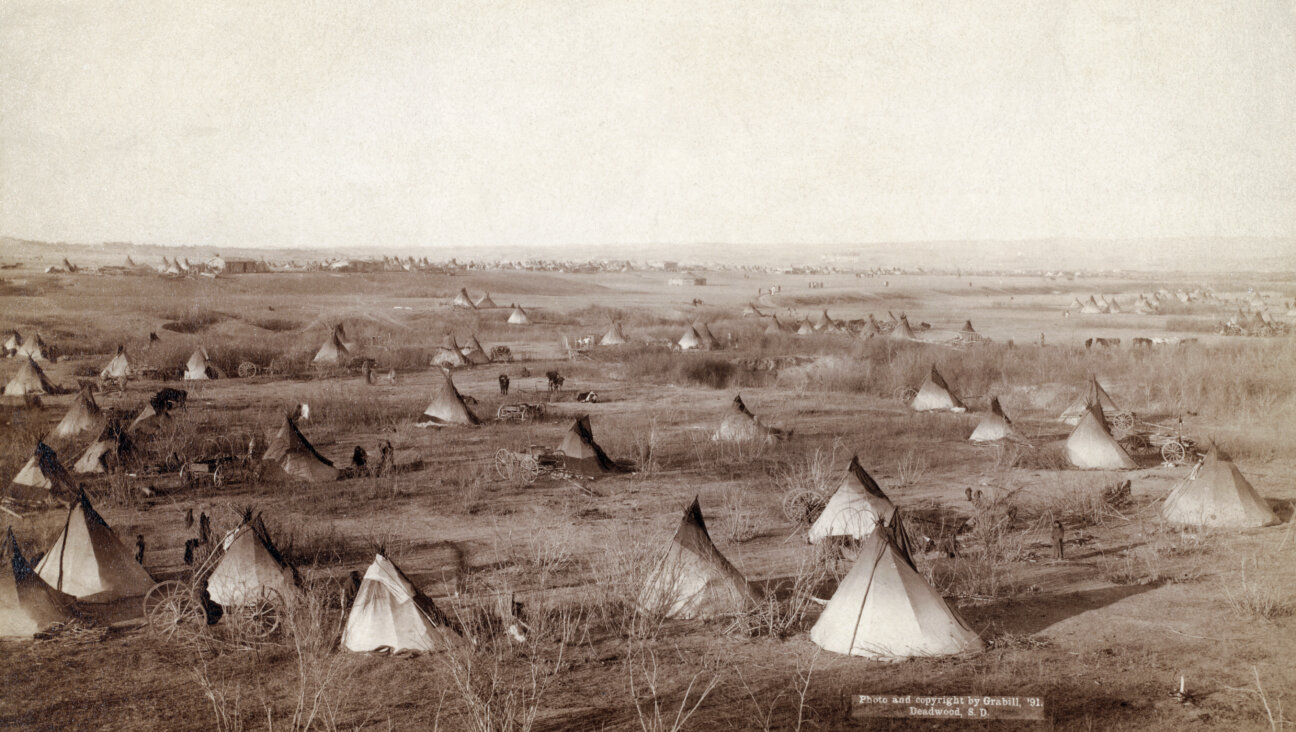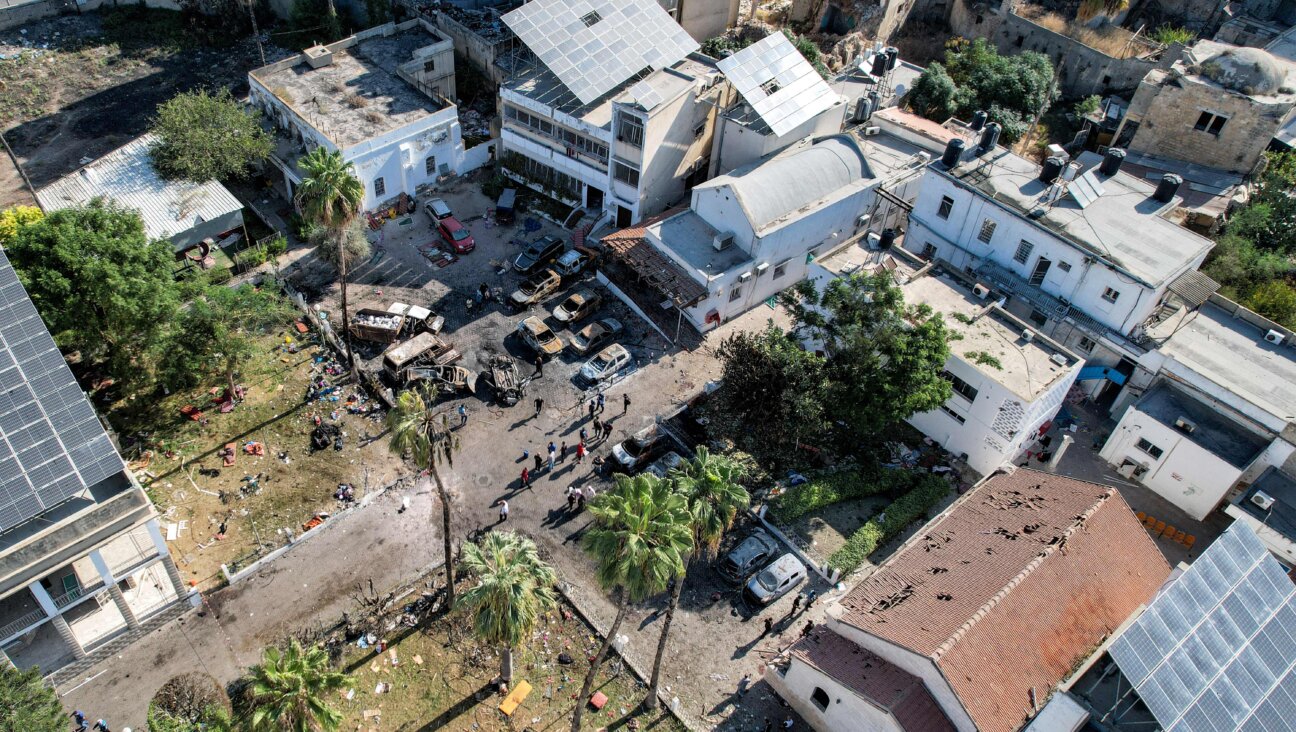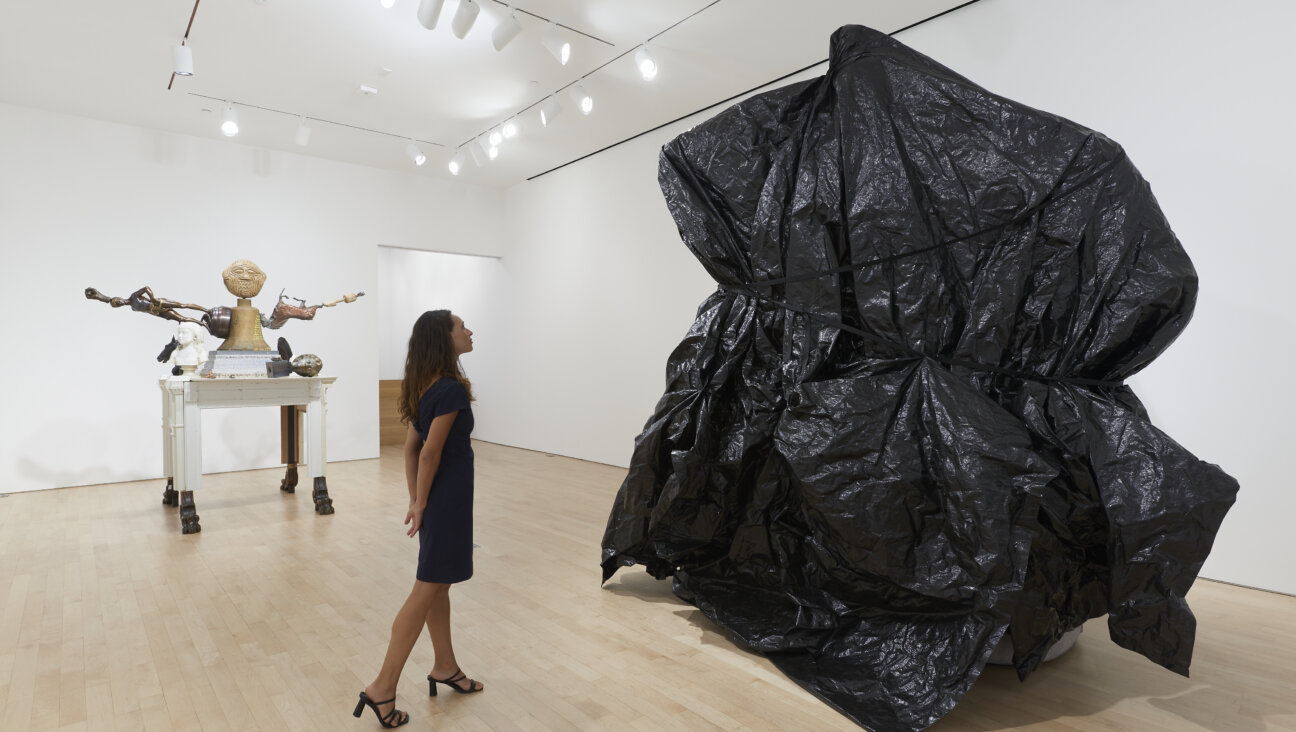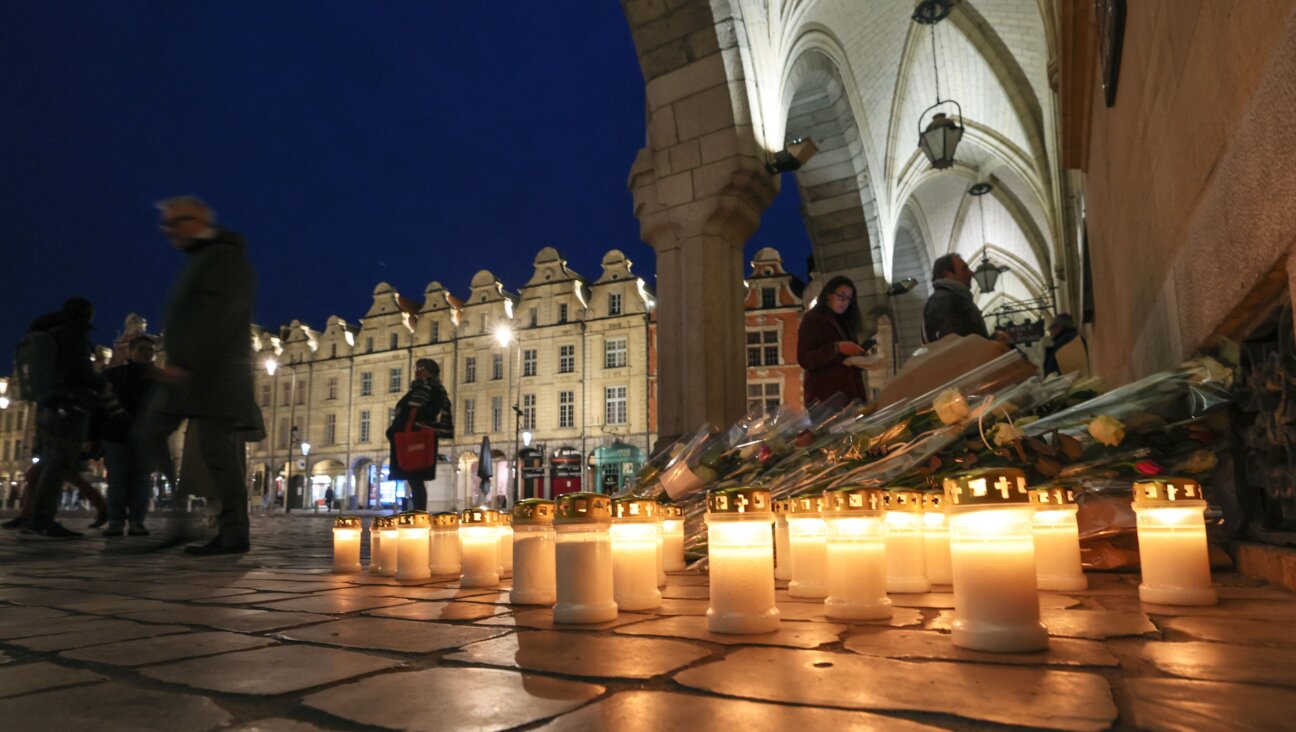Country Roads Took Me Home to West Virginia

The Rail Thing: The B & O Railroad spurred much of the development of West Virginia in the late 19th and early 20th centuries. Image by wikimedia commons
Upon graduation, many college students land jobs in big cities. I went to West Virginia.
The move generated quizzical looks from my family and friends in the Northeast. What kind of place is that for an aspiring young Jew? Turns out, it was perfect. Upon graduation, many college students land jobs in big cities. I went to West Virginia.
The move generated quizzical looks from my family and friends in the Northeast. What kind of place is that for an aspiring young Jew? Turns out, it was perfect.
With a newly minted journalism degree, a notebook and a little curiosity, I planted myself south of the Mason-Dixon Line for the first time. Like too many of us at the Martinsburg Journal, I was using the small daily newspaper as a springboard to a better career.
Jewishly, I wasn’t looking for anything. Reared in the New York area, I grew up sampling faded cultural relics: Catskills hotels, Allan Sherman records and kasha varnishkes. When I left for college, even those were too much. Synagogues seemed even more dated: intimidating, formal and irrelevant.
Did they even have Jews in West Virginia? Did it matter? I didn’t ask myself either question before accepting that job. As it happens, there are a few Jews in the state, though not many more than that. And yes, it did matter to me — more than I had imagined.
Throughout West Virginia, Jewish populations are measured in the hundreds or even fewer. You’re far more likely to find country ham than pastrami, which makes any Jewish encounter a memorable one. Martinsburg, where I landed, has a population of 17,000 and is by far the largest town in the Eastern Panhandle, a region that’s a bit different from the rest of the Mountain State. The coal mines that shaped much of the state’s economy were mostly not part of the landscape here. Textile mills and small businesses drove the local economy, and the B&O Railroad spurred much of the development in the late 19th and early 20th centuries. All of this made the area ripe for Jewish settlement.
And when the Jews arrived, they left their mark all over downtown Martinsburg. North Queen Street, the main commercial corridor, once blared surnames like Cohen, Fine, Diamond, Garner, Katz, Brody and Kirson. An Orthodox synagogue opened on Pennsylvania Avenue in 1912, and the town even had its own shochet, or kosher meat slaughterer. In 1952, the community traded up for a bigger shul — in a former funeral home — on West Martin Street, closer to the central business district. Since the community was not observant by this point, it traded in its Orthodox affiliation for a Reform one.
The late 1940s and early 1950s were the halcyon days for Martinsburg’s Jews. But even then, numbers were modest. Services at Beth Jacob drew perhaps a few dozen, said Jerry Kusner, 86, who has lived in Martinsburg since he was 3. Joining the Reform movement opened the synagogue to life beyond the Eastern Panhandle. Student rabbis from Hebrew Union College in Cincinnati started joining biweekly and on holidays, leading services and teaching congregants and children.
Martinsburg is almost equidistant from two cities with somewhat larger congregations: Hagerstown, Maryland, 30 miles to the north, and Winchester, Virginia, 30 miles to the south. After Interstate 81 opened in the 1960s, travel among the three cities became common, but the Jews of Martinsburg never considered closing Beth Jacob. Even as some parents were driving their children to the other towns for Hebrew school, retaining a synagogue that was distinctly local was important.
And despite their small numbers, Martinsburg’s Jews didn’t felt as isolated as one might suspect, because the Jews there were always close, not only with one another but also with the community at large. Kusner and the synagogue’s longtime president, Bruce Brody, 58, both recalled strong relations with non-Jews. From their earliest days in Martinsburg, Jews integrated seamlessly into the city’s social and civic fabric. One of Kusner’s favorite stories, passed down through the generations, dates to the opening of the first synagogue in 1912. Jews and gentiles alike joined in the celebration in the street, and the local Christian clergy members hosted a dinner to toast the Jews’ permanent home. As the Torah scrolls were marched from the home of Sol Fine (his home was one of several where services had been held) to the new Pennsylvania Avenue building, a band played “Onward Christian Soldiers,” and everyone just laughed.
For several decades, Beth Jacob was known for its annual Purim ball in the Shenandoah Hotel and later at the Tall Cedars of Lebanon lodge, both in downtown Martinsburg. Brody, whose mother helped plan the parties, said hundreds of people — most of them non-Jews — would turn out for the lavish celebration and costume contest.
As the textile mills started closing in the 1950s, Martinsburg’s population, which was then just over 15,000, began declining. Fewer businesses were able to survive. Brody attended Hebrew school in Hagerstown, and had one of the last bar mitzvahs at Beth Jacob, in 1969. During the city’s lean years, the Jews hardly gave up on Martinsburg. Sol and Nadia Cohen were major donors to the new library, which opened in the late 1960s. Gene Diamond, who owned clothing stores in Martinsburg and Charles Town, was mayor in the 1970s.
The Jews’ early acceptance in Martinsburg was undoubtedly a blessing. The only time they were “separate” from the other locals was inside the synagogue, which made retaining the shul all the more important. Also, the long-standing synagogue was not easy to give up in a place like Martinsburg, where history is frequently a part of the present discussion. Fifteen miles to the east is Antietam, site of the bloodiest Civil War battle. To the southeast is Harpers Ferry, site of the abolitionist John Brown’s raid, which precipitated the Civil War. To the west is Berkeley Springs, where George Washington vacationed.
By the time I arrived, in the 1990s, only a few Jewish businesses remained and the synagogue seemed barely alive. The two-story building had long ago fallen into disrepair, with peeling paint and scattered papers greeting visitors on the first floor. Upstairs was a modest sanctuary with 100 well-worn cushioned seats and a handful of tattered siddurs and tallises. The synagogue was open one Friday night a month for Shabbat services, which were led by Howard Malin, a congregant who worked at the local Veterans Affairs Medical Center.
The shul had only 10 members left. There were a few murmurs about how much longer the doors would stay open, so I wrote a long article for the newspaper about the last days of Beth Jacob. A donation surfaced, and those fears subsided. In the process, I discovered the outsized imprint the Jews had left on this small town. Even as the shopping district had lost its Jewish identity, a few non-Jews retained the mezuzahs left behind.
Still, I wondered why a minuscule congregation would fight so hard to survive, in an area where the few remaining Jews were completely assimilated and virtually everyone else was Christian. In a sense, I was one reason: a newcomer who might wander in. The group I met was small, mostly much older than I and incredibly welcoming. Before long I was on the phone with one of those older members, offering to stop at the grocery store to pick up food for her before a storm. Kusner always called to invite me to Kiddush and tell me who else would be coming. Outside shul, I was just another carpetbagger from the newspaper. But at shul, I was immediately part of the family, the grandchild who came home.
I was a reluctant participant at first. But Michael Bodin, a non-Jew who had settled in the area a few years earlier, befriended me and brought me into the fold. Although a gentile, Bodin is a philo-Semite and was Beth Jacob’s biggest cheerleader. He called himself my Shabbos goy on our shul-hopping expeditions in the Shenandoah Valley and beyond. At the end of each adventure, we’d end up at the truck stop on Route 11, eating treyf while talking theology, Israel and Seinfeld. He gave me a mezuzah for my first home as an adult, and taught me the blessing before I hung it up. And he passed along his copies of the Forward.
Bodin had seemingly every Jew within a 25-mile radius on speed dial, and he tried hard to corral us into Beth Jacob. On one memorable Shabbat, two dozen people showed up, partly because of his persistence. Bodin brought the rugelach and even led davening. Outside shul he tried to start an informal havurah for some younger Jewish residents who didn’t attend Beth Jacob. In an area without an enthusiastic Chabad rabbi to greet you, Bodin was Martinsburg’s pluralistic shaliach, or emissary.
With his help, I began to resurrect my Jewish identity in a sleepy Jewish community, and the listless shul was showing some signs of waking up. But this unlikely confluence wasn’t always easy. When I decided to buy matzo for Passover, I got blank stares at every supermarket.
Part of what fueled the uptick in attendance at shul was a surge in residential development. Increasing numbers of workers around Washington, D.C., were discovering that West Virginia’s low cost of living and vast countryside were within commuting distance to the nation’s capital. (Martinsburg is the last stop on the MARC commuter railroad, on those same B&O tracks that brought earlier generations to town.)
Brody said he’d hoped the wave of new housing would recharge the synagogue, as Martinsburg’s population soared to a record high. New people would indeed wander in, but most wanted something more, including a Hebrew school and family activities. It was easier to drive 30 miles than to rebuild something in Martinsburg. Even Bodin’s interest in Beth Jacob didn’t last. A few more members died, and those monthly services became less frequent. Brody continued to line up donations for materials and labor to repair the aging building, even though only four or five members remained. “I always had hope that we would continue,” he said. “But after a few years of thinking things would be sustainable or get better, people would move away.”
I was one of those people. After a year and a half in Martinsburg, I headed back to the New York City area, but with a stronger Jewish identity than when I’d arrived. In 2009, while my Jewish life was thriving, Martinsburg’s ended. The Beth Jacob building was sold and converted into office space. “It was very sad to have to do what we all knew we had to do,” Brody said. He and Kusner are the last Jews in the area remaining from Beth Jacob.
Julian Preisler, a researcher and author who moved a few miles north of Martinsburg 10 years ago, said the Jewish newcomers are scattered and have struggled to find their footing without Beth Jacob there as a starting point. Although he found no organized Jewish community in today’s Martinsburg, Preisler gathered enough information and artifacts to write a book, “Jewish West Virginia,” which features vintage photographs from several communities throughout the Mountain State. He has compiled lists of the Jews who once lived in Martinsburg and the businesses they owned.
After the Beth Jacob building was sold, the congregation donated the Torah scrolls to Beth El Congregation in Winchester and the proceeds to Beth El, Congregation B’nai Abraham in Hagerstown and the local library, its last dollars helping to sustain Jewish communities and Martinsburg’s civic life.
Where upward of three dozen Jewish-owned businesses thrived over the years, today there are none. The only Katzes, Garners and Fines are those in Beth Jacob Cemetery, where about 50 people are buried. Aside from the cemetery, the only obvious remnant of Jewish life is on the side of the brick building where Morris Cohen and his family owned a women’s clothing store for more than 60 years. There, around the corner from the former Beth Jacob building, a painted advertisement still promotes “that Cohen look.”
Marc Bailes is an editor based in New York City.
The Forward is free to read, but it isn’t free to produce

I hope you appreciated this article. Before you go, I’d like to ask you to please support the Forward.
Now more than ever, American Jews need independent news they can trust, with reporting driven by truth, not ideology. We serve you, not any ideological agenda.
At a time when other newsrooms are closing or cutting back, the Forward has removed its paywall and invested additional resources to report on the ground from Israel and around the U.S. on the impact of the war, rising antisemitism and polarized discourse.
This is a great time to support independent Jewish journalism you rely on. Make a gift today!
— Rachel Fishman Feddersen, Publisher and CEO
Support our mission to tell the Jewish story fully and fairly.
Most Popular
- 1

Culture Cardinals are Catholic, not Jewish — so why do they all wear yarmulkes?
- 2

Fast Forward Ye debuts ‘Heil Hitler’ music video that includes a sample of a Hitler speech
- 3

News School Israel trip turns ‘terrifying’ for LA students attacked by Israeli teens
- 4

Fast Forward Student suspended for ‘F— the Jews’ video defends himself on antisemitic podcast
In Case You Missed It
-
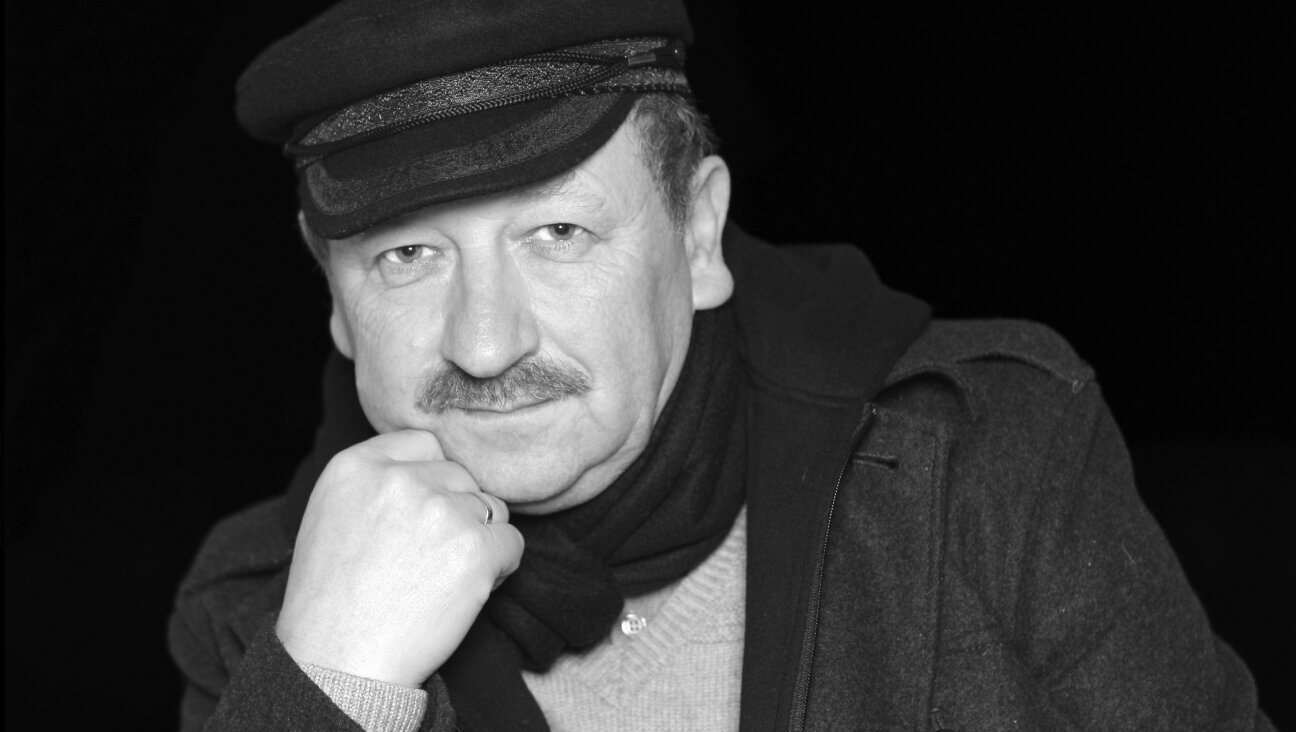
Yiddish קאָנצערט לכּבֿוד דעם ייִדישן שרײַבער און רעדאַקטאָר באָריס סאַנדלערConcert honoring Yiddish writer and editor Boris Sandler
דער בעל־שׂימחה האָט יאָרן לאַנג געדינט ווי דער רעדאַקטאָר פֿונעם ייִדישן פֿאָרווערטס.
-
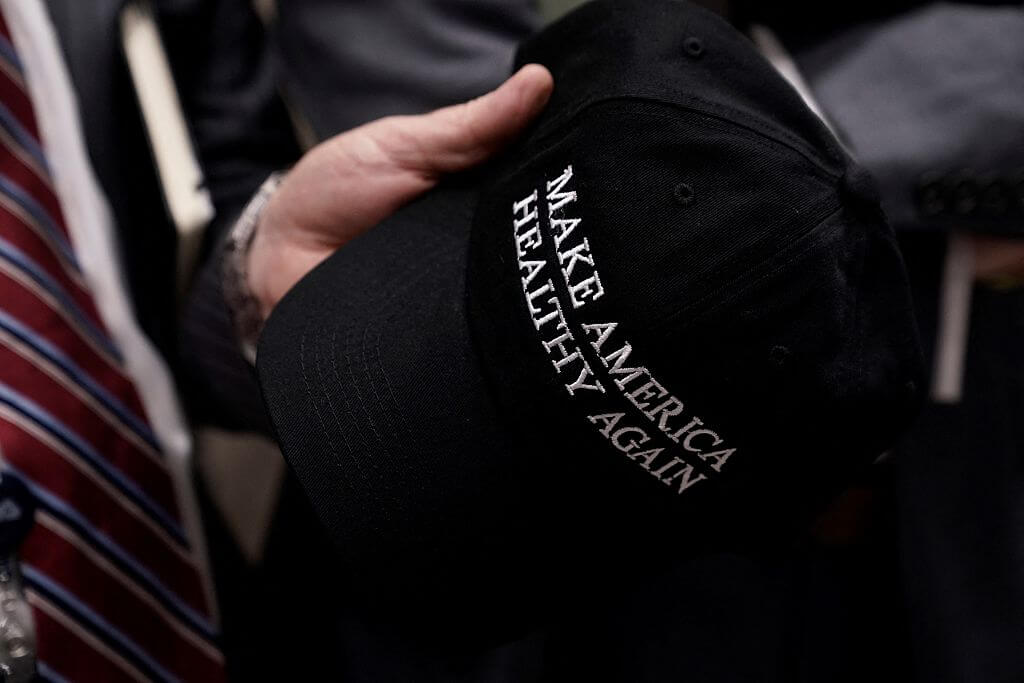
Fast Forward Trump’s new pick for surgeon general blames the Nazis for pesticides on our food
-
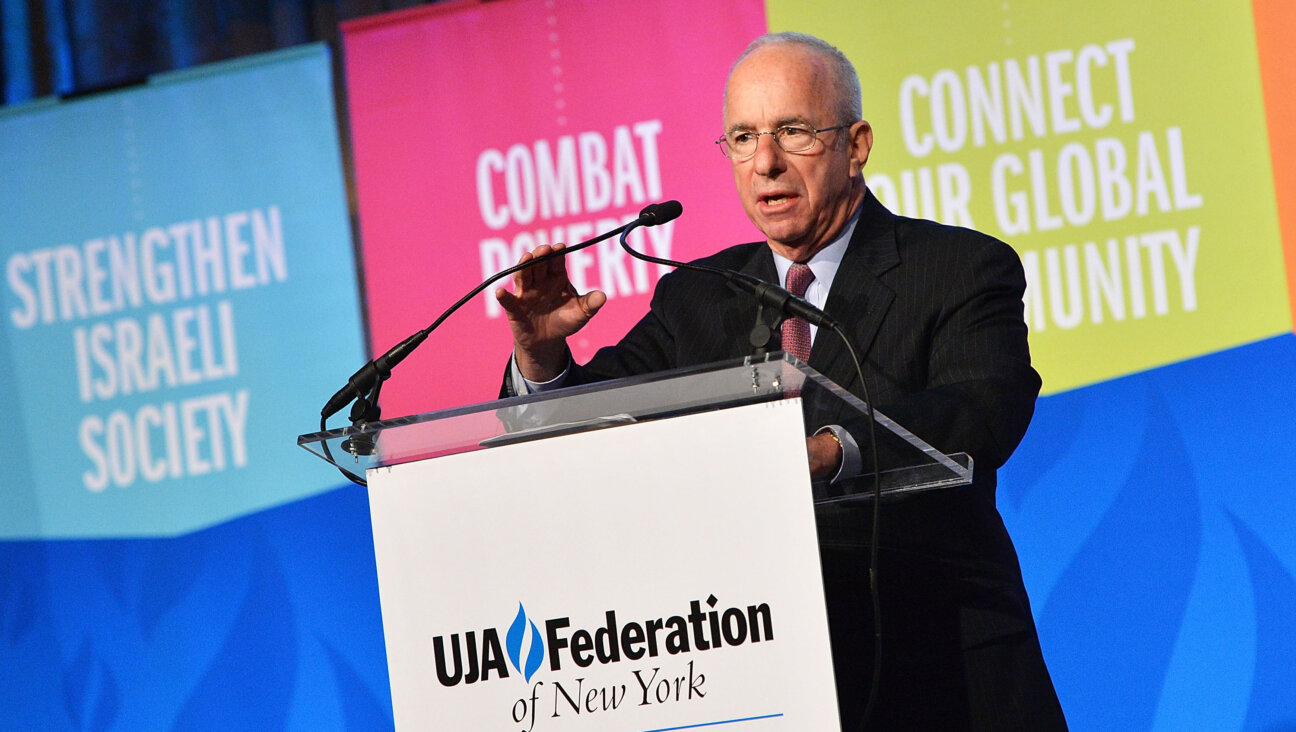
Fast Forward Jewish feud over Trump escalates with open letter in The New York Times
-
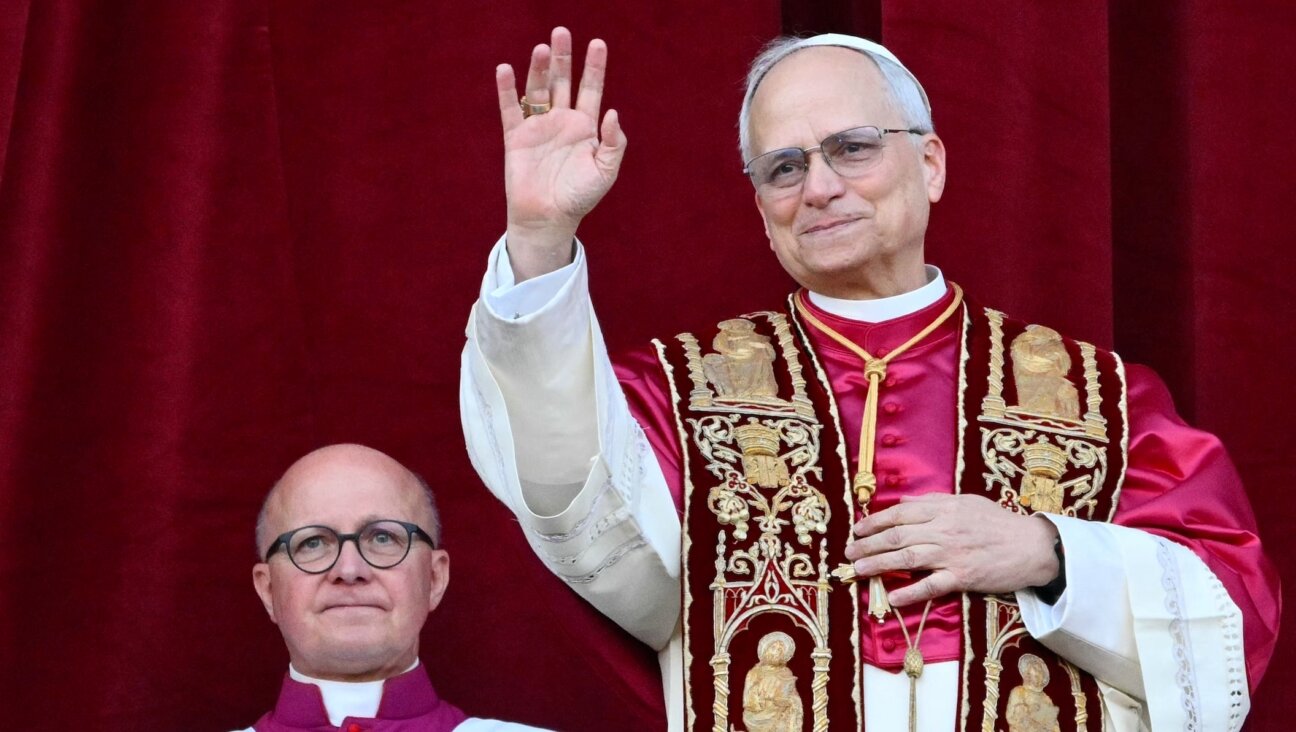
Fast Forward First American pope, Leo XIV, studied under a leader in Jewish-Catholic relations
-
Shop the Forward Store
100% of profits support our journalism
Republish This Story
Please read before republishing
We’re happy to make this story available to republish for free, unless it originated with JTA, Haaretz or another publication (as indicated on the article) and as long as you follow our guidelines.
You must comply with the following:
- Credit the Forward
- Retain our pixel
- Preserve our canonical link in Google search
- Add a noindex tag in Google search
See our full guidelines for more information, and this guide for detail about canonical URLs.
To republish, copy the HTML by clicking on the yellow button to the right; it includes our tracking pixel, all paragraph styles and hyperlinks, the author byline and credit to the Forward. It does not include images; to avoid copyright violations, you must add them manually, following our guidelines. Please email us at [email protected], subject line “republish,” with any questions or to let us know what stories you’re picking up.







